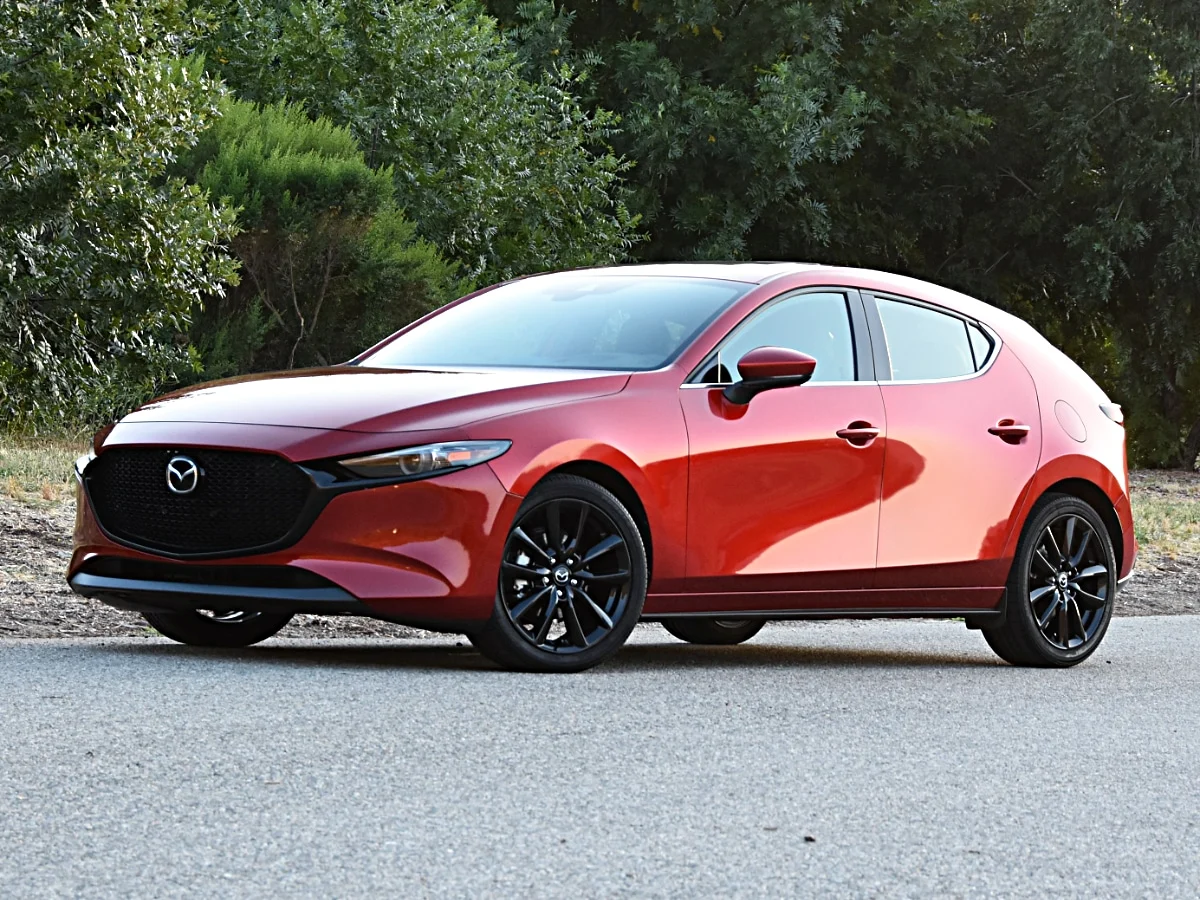Life in the American Midwest comes with its own unique challenges—blistering hot summers, bone-chilling winters, and months-long stretches of snow and ice. But for car owners, it’s not just the weather that takes a toll. The real enemy lurks just beneath your tires: road salt.
Applied generously to prevent ice and improve traction on slippery surfaces, salt plays a crucial role in winter road safety. However, it also happens to be one of the most corrosive substances your vehicle will ever encounter.
Over time, it eats away at metal, invades hard-to-reach areas, and silently reduces your car’s structural integrity, reliability, and resale value.
Rust isn’t just a cosmetic problem; it can cause mechanical failures, weaken the frame, and lead to costly repairs—or worse, total vehicle loss. For anyone living in states like Michigan, Illinois, Ohio, or Minnesota, rust is almost a seasonal certainty. It attacks from below, often unnoticed, until the damage is already extensive.
In regions where salt use is heavy and frequent, selecting a vehicle that can handle these conditions isn’t just a matter of preference—it’s a necessity. Knowing which cars can endure this chemically charged onslaught and which ones crumble under pressure can save you thousands of dollars and years of frustration.
Some manufacturers invest heavily in rust prevention, employing galvanized steel, extensive underbody sealants, and smart drainage systems that channel saltwater away from vulnerable areas.
Others cut corners, leaving their vehicles exposed to corrosion that begins as minor blemishes and rapidly spreads into structural deterioration. While driving habits, washing routines, and maintenance can all influence how quickly a vehicle rusts, some makes and models simply fare better than others right off the lot.
In this article, we explore two extremes of winter vehicle ownership. First, we highlight five cars that have proven themselves time and again in the salty gauntlet of Midwestern roads. These are vehicles built with corrosion resistance in mind—vehicles that, with basic care, can stay solid and rust-free for years.
Then we’ll expose five cars that notoriously fall apart when faced with similar conditions, often rusting prematurely and costing their owners significant time and money in repairs.
The goal of this guide isn’t just to warn or praise. It’s to help you make informed decisions—whether you’re buying new, searching the used market, or simply wondering if your current ride is up to the winter challenge.
Knowing how your vehicle reacts to salt could be the difference between owning a car that lasts 15 years versus one that barely makes it past eight. For Midwestern drivers, rust isn’t optional—it’s inevitable. But with the right knowledge, it doesn’t have to be fatal.
So buckle in. Let’s explore the best and worst performers when it comes to rust survival on the salt-encrusted roads of the American heartland.
Also Read: 5 Cars With Sky-High Trade-In Values And 5 Dealers Don’t Want
5 Cars That Survive Salt Roads in the Midwest
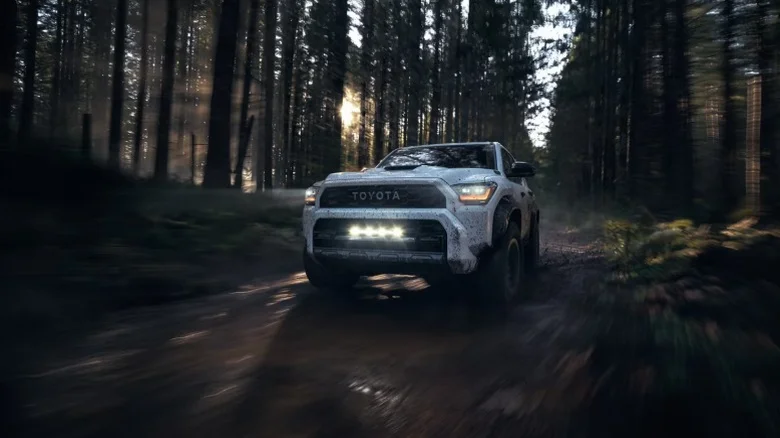
1. Toyota 4Runner
The Toyota 4Runner is widely considered a fortress on wheels, especially when it comes to fighting off rust and withstanding the harsh conditions of Midwest winters. This SUV has been built on a rugged, body-on-frame platform for decades, giving it a leg up over unibody competitors in terms of strength and repairability.
Toyota’s engineers have refined the structure and materials of the 4Runner over the years, introducing improved corrosion resistance in later generations that specifically address the concerns of salt-prone regions.
In the early 2000s, Toyota faced some backlash due to rust issues, particularly with its Tacoma and Tundra frames. This forced the company to rethink and revamp its rustproofing strategy, a shift that directly benefited the 4Runner. Toyota began incorporating more durable undercoatings and better drainage channels, and even galvanized some metal components. These changes dramatically increased the 4Runner’s resilience in climates like those found in Michigan or Wisconsin.
Another underrated design strength lies in the ground clearance and articulation of the 4Runner. By keeping more of the vehicle’s undercarriage higher off the ground than typical crossovers, Toyota reduces the amount of direct contact that salt and slush have with vulnerable areas. This added clearance also makes it easier to wash off any salt accumulation with an underbody sprayer—a habit essential for Midwest car owners.
Maintenance accessibility is another key factor in the 4Runner’s long-term survival. The SUV’s parts are laid out with enough space that even amateur mechanics can inspect and treat problem areas, such as suspension mounts or frame rails. This helps ensure small rust spots don’t grow into larger issues, since they can be addressed early and effectively.
Finally, the aftermarket support for the 4Runner is extensive, particularly in the rustproofing and off-road communities. There are countless kits, undercoats, and bolt-on protective plates available, giving owners a wide range of options to customize and protect their investment further. This makes the 4Runner not just a tough machine by default, but one that can be made even tougher by an informed and proactive owner.
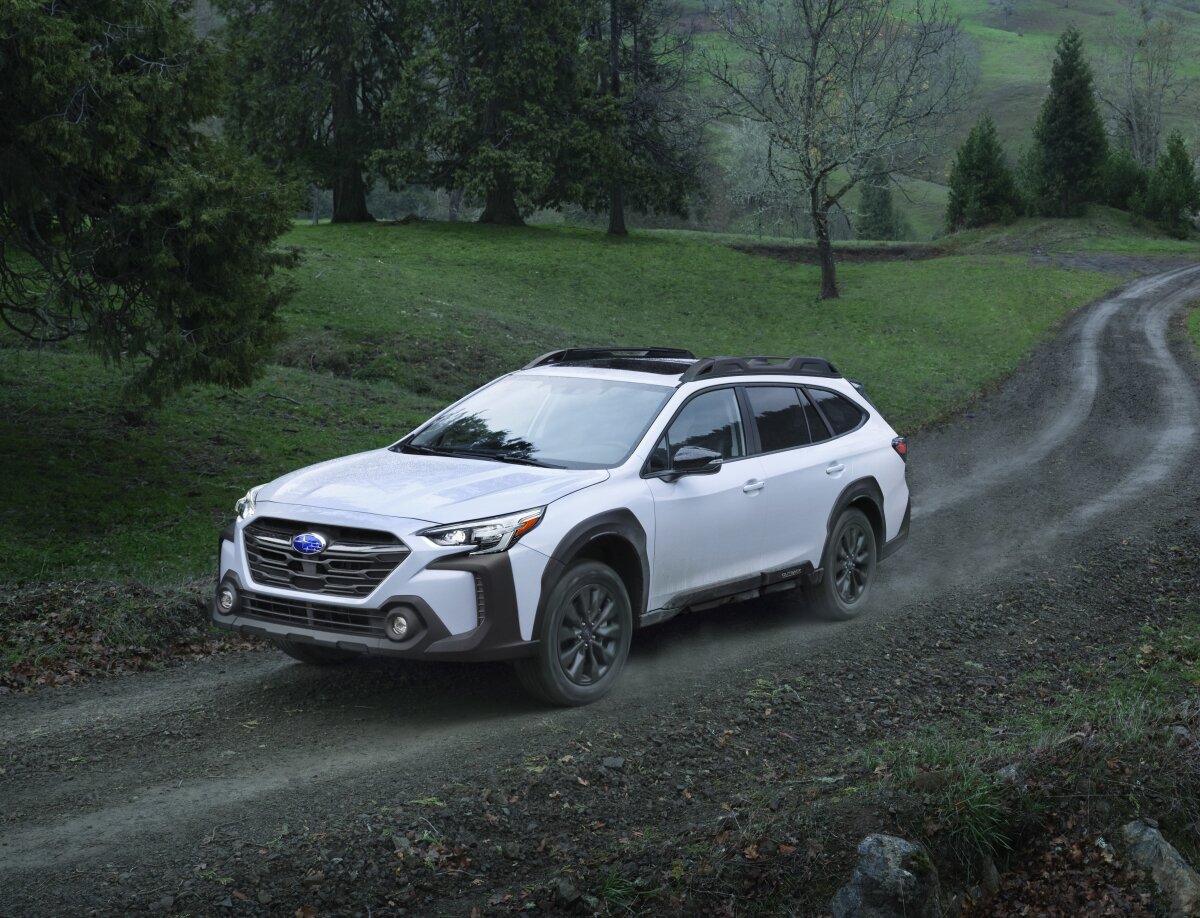
2. Subaru Outback
The Subaru Outback has become a darling of winter-weather driving, and not just because of its industry-leading all-wheel drive. It’s also one of the better rust-resistant vehicles in the midsize crossover segment. Subaru’s attention to body panel treatment, wheel well shielding, and moisture sealing makes it a standout among affordable utility vehicles designed for rugged use in snowy, salty climates.
One of the major wins for the Outback is its use of galvanized steel throughout the body structure. Galvanization involves coating steel with a protective layer of zinc to prevent corrosion, and it significantly delays the formation of rust, even in consistently damp or salty environments. Subaru’s consistent use of this material in newer models (particularly post-2010) has made the Outback a strong performer in Midwest durability tests.
Unlike many sedans and smaller crossovers, the Outback features a high degree of weather sealing along its doors, liftgate, and underbody. This extra attention to detail prevents salty road mist and water from seeping into hidden crevices, where corrosion can develop unseen until it becomes a major problem. Subaru’s engineers have also optimized airflow and drainage within the wheel wells to discourage the buildup of snow, ice, and sludge.
Another design advantage is its narrow fender gaps and well-insulated inner wheel wells. This feature minimizes splash-back from tires and protects key mechanical areas from exposure. Owners who frequently drive through slushy conditions will appreciate how much longer their brake lines, mounts, and suspension components last compared to more exposed vehicles.
It’s also worth noting the strong community and support culture surrounding the Outback. Many Midwest Subaru owners treat their cars to annual oil-based undercoatings or install rubber liners in high-risk zones. These added layers of protection extend the car’s lifespan even further, and it’s common to see well-maintained Outbacks on the road at 200,000 miles or more, with minimal visible rust.
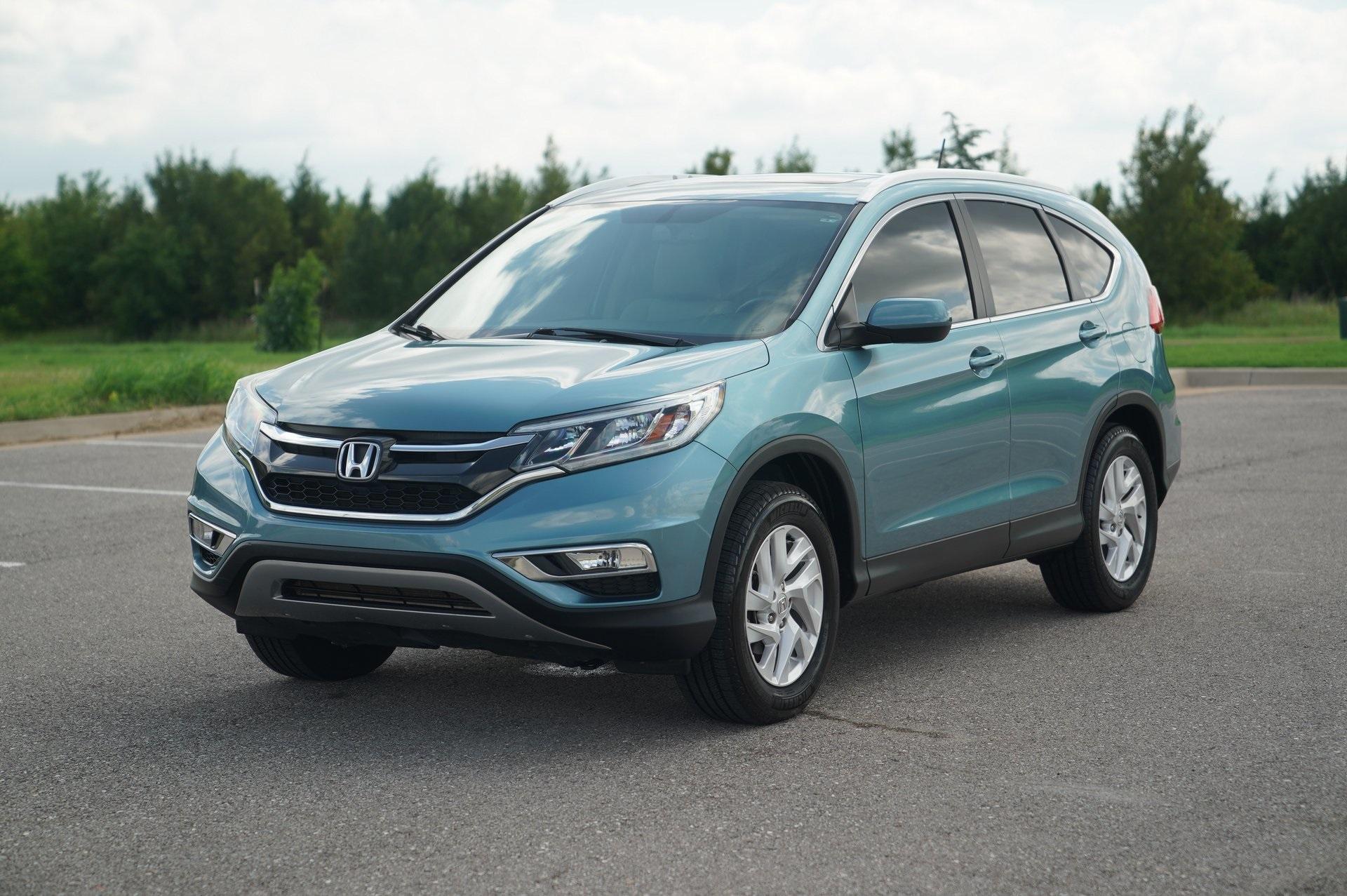
3. Honda CR-V (2017 and Newer)
The Honda CR-V has undergone significant evolution over the years, and one of the most welcome improvements for Midwest drivers came in the form of better rust resistance, especially starting with the 2017 redesign. Honda recognized the corrosion concerns of earlier models and took clear steps to address weak points, particularly around the wheel wells, rocker panels, and door seams.
Newer CR-Vs now feature sealed wheel arches and heavy-duty plastic linings that prevent salt and water from splashing into sensitive areas. The change may seem minor, but the added barrier between corrosive material and the metal body structure makes a huge difference over time. In addition, Honda added more advanced drainage systems to ensure that melted snow and salt runoff flow away from corrosion-prone areas instead of pooling.
The 2017 and newer CR-Vs also benefit from enhanced factory undercoating, which had been relatively weak in earlier models. This additional layer helps protect the subframe and fuel/brake lines, which are often the first to fail in vehicles exposed to repeated salt contact. Honda even addressed smaller rust points like fastener corrosion and exhaust system wear—problems that, while not critical individually, can compound over years of winter use.
From a practical standpoint, the CR-V also enjoys a sweet spot in size and ground clearance. It’s tall enough to avoid the worst of road grime and salt splash, but small enough to wash easily and fit in most garages, where protection from the elements is maximized. This balance makes routine maintenance and desalting washes more convenient, helping owners keep rust at bay with minimal effort.
CR-V owners in snowy states often form local groups and online forums where winter care tips are shared, from DIY rustproofing to commercial oil sprays. These communities offer a sense of empowerment for owners and contribute to longer, rust-free lifespans for the vehicle. In many Midwestern cities, it’s common to see a ten-year-old CR-V that still looks showroom-fresh—a testament to both Honda’s improvements and the vigilance of the people who drive them.
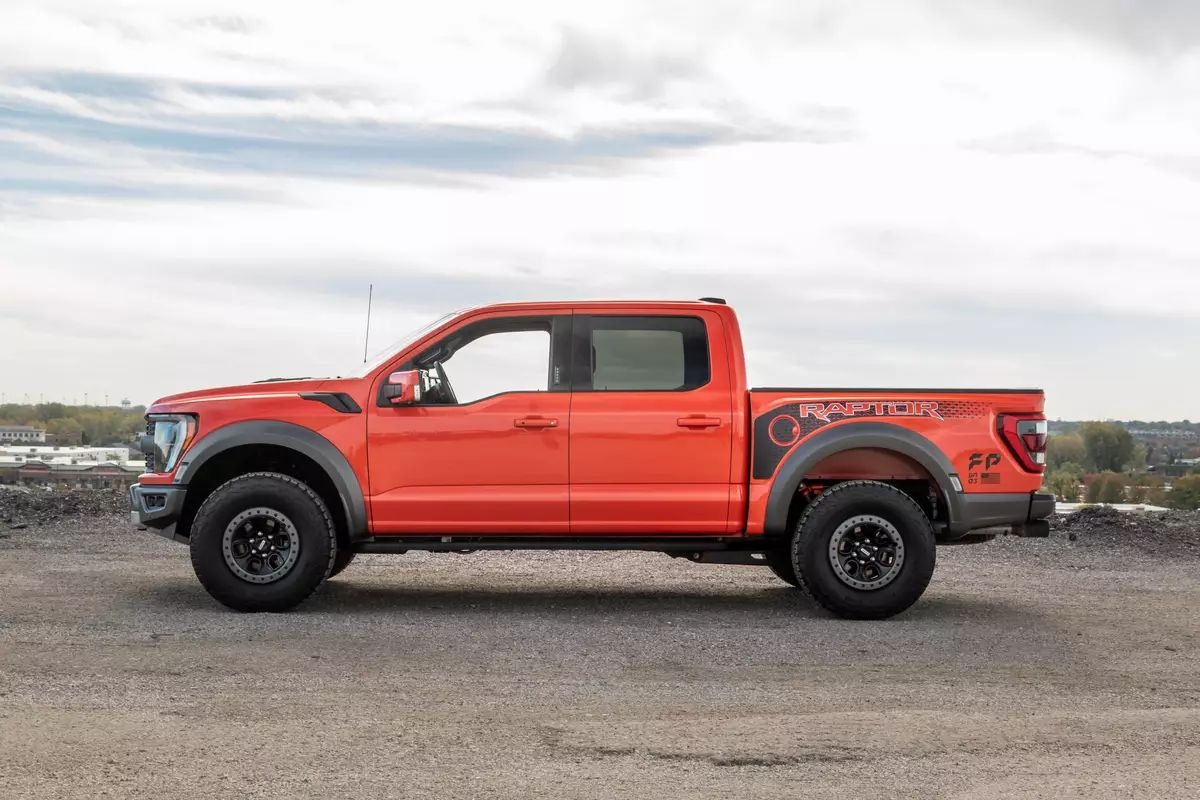
4. Ford F-150 (Aluminum Body Models)
The Ford F-150 made headlines in 2015 when it became the first mass-market truck to adopt a military-grade aluminum-alloy body. While skeptics initially questioned the strength and repairability of aluminum, one undeniable advantage quickly emerged: rust resistance. Aluminum doesn’t rust the same way steel does, making the F-150’s body almost immune to the most common form of winter corrosion.
Though the F-150’s frame remains steel—and thus still vulnerable if not treated—the major corrosion-prone areas like doors, fenders, hood, and truck bed are now all aluminum. This shift has drastically reduced the number of complaints about body rot that plagued previous steel-bodied generations. In the Midwest, where salted roads can turn unprotected trucks into rust heaps in just a few years, this innovation offers tremendous peace of mind.
Ford didn’t stop at the body panels either. They also improved the corrosion-resistant coatings on the steel frame, especially after learning from earlier issues with frame rust in pre-2010 models. Post-2015 F-150s received better frame treatments and sealants, as well as improved welds that resist saltwater intrusion. The result is a truck that holds up better overall, especially when owners take the time to add a quality aftermarket undercoating.
Another overlooked feature is the F-150’s smart design of wheel well liners and mud flaps, which significantly cut down on salt splash. Owners who drive on country roads or through Midwest slush often note how clean the inner wheel arches stay compared to other trucks. Plus, many models come with skid plates that double as rust barriers for vital components like the oil pan and transmission housing.
Finally, Ford offers accessories and care kits that align with their push for longevity in rugged conditions. Whether it’s OEM mud guards, spray-on bedliners, or off-road packages with additional protection, F-150 buyers are given ample tools to combat the Midwest’s worst. When properly maintained, an aluminum-body F-150 can easily survive a decade or more of winters without the cancerous rust issues that doom so many other full-size trucks.
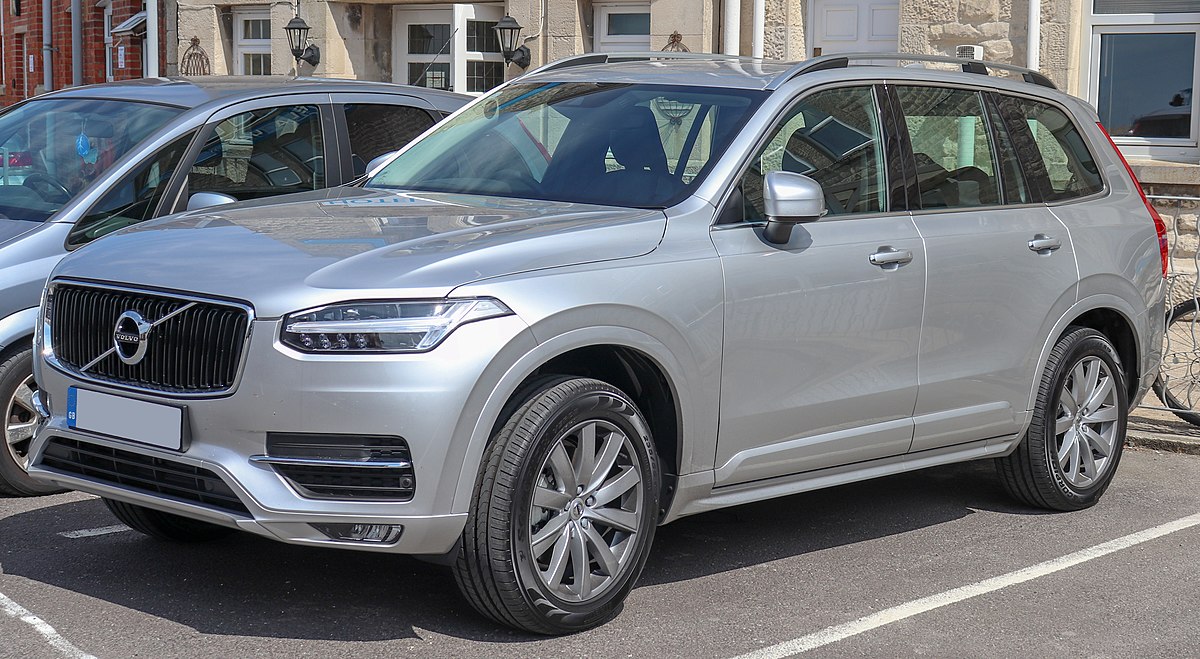
5. Volvo XC90
The Volvo XC90 represents the fusion of Scandinavian sensibility and modern engineering—a combination particularly well-suited to cold and corrosive environments. Designed with the harsh Nordic winters in mind, the XC90 is practically tailor-made for regions like the Midwest, where road salt and freezing temperatures are a seasonal certainty. Volvo’s long-standing commitment to rust prevention is evident in every facet of the XC90’s construction.
At the heart of the XC90’s corrosion resistance is its widespread use of galvanized steel and anti-corrosion sealants. These materials are engineered to stand up to years of road salt exposure without degrading. The car’s doors, hood, and tailgate all receive comprehensive protection both inside and out, reducing the risk of rust forming from trapped moisture or slushy buildup. Even smaller components like bolts and brackets are zinc-coated or made from stainless steel.
The vehicle’s underbody is another highlight. Volvo engineers designed the XC90 with a nearly flat and sealed undercarriage, reducing places where saltwater can accumulate and ensuring better aerodynamics at the same time. This helps prevent the common Midwest issue of saltwater getting stuck in underbody nooks and crannies and causing slow, hidden corrosion that isn’t found until it’s too late.
In terms of mechanical components, Volvo has made sure the XC90’s suspension, exhaust, and brake systems are shielded from corrosion as much as possible. While no vehicle is completely immune, the added quality and thoughtful component layout go a long way toward resisting rust-related deterioration. The brakes, in particular, use treated rotors and coated calipers to avoid premature wear from constant exposure to wet, salty roads.
Lastly, it’s important to note the brand’s cultural foundation. Sweden’s automotive market demands winter-ready durability, and Volvo has responded with decades of anti-rust research and stringent design standards. That ethos is carried into the U.S. market, especially in the XC90, which has become a favorite in states like Minnesota, where luxury often meets necessity. Despite its premium status, the XC90 offers serious long-term value in the form of rust resilience—a rare trait in the luxury SUV space.
5 Cars That Rust Instantly on Salt Roads
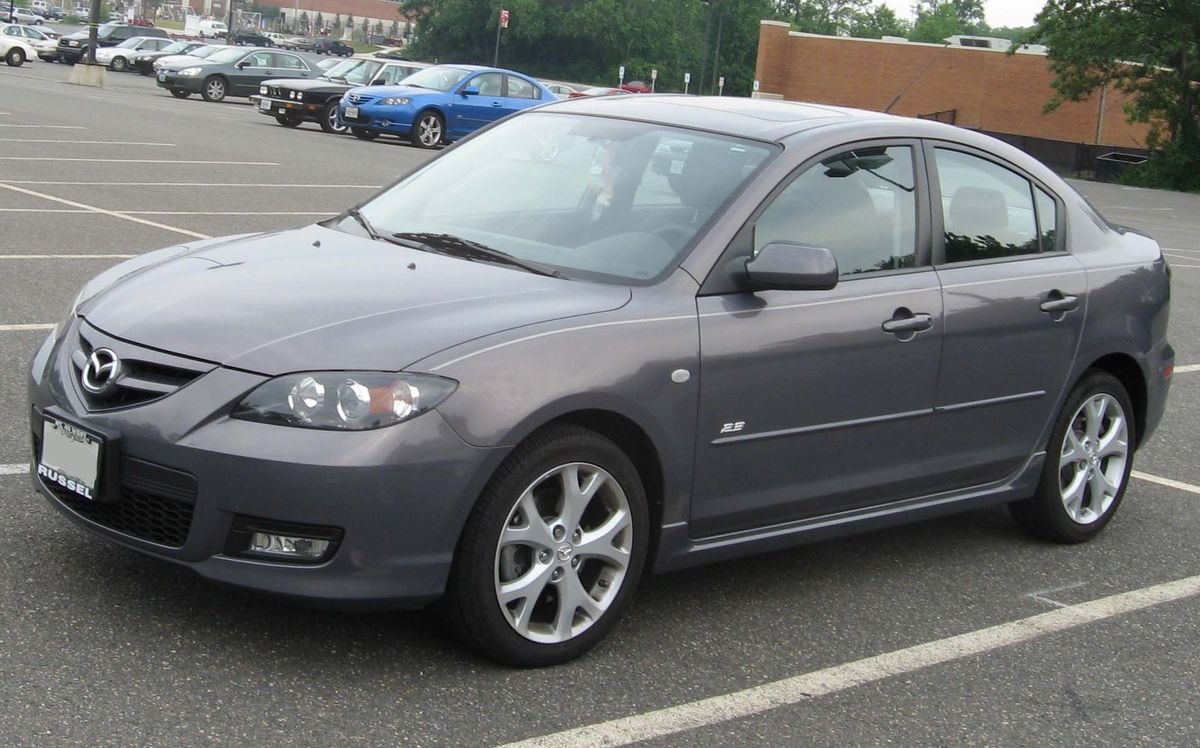
1. Mazda3 (2010–2014)
The Mazda3 from the early 2010s is known for being fun to drive and fuel-efficient, but beneath its stylish exterior lies a serious vulnerability to rust. Owners in the Midwest quickly discovered that these models, particularly those made from 2010 to 2014, began to show signs of rust on the rear wheel arches and rocker panels in just a few years. This was not just a cosmetic issue; rust could spread to structural components, ultimately compromising safety.
One major contributor to the Mazda3’s rust issues is its poorly designed drainage system. The wheel wells and rocker panels tend to collect moisture and salt without adequate escape routes, allowing corrosion to flourish out of sight. Once the paint seal is breached—even slightly—saltwater seeps in and accelerates decay. Many owners reported discovering rust only after it had already eaten through the panel or caused bubbling paint.
Mazda also didn’t invest heavily in corrosion-resistant materials or coatings during this period. Unlike manufacturers who galvanized their steel panels, Mazda used untreated or lightly treated metals that lacked the necessary protection for harsh winter environments. The underbody, too, was minimally coated, with limited rustproofing applied at the factory, making it vulnerable to road brine and winter slush.
What’s especially frustrating for owners is how fast the rust spreads once it begins. A small bubble or chip can evolve into an expansive patch of decay within a single season. DIY rustproofing can slow the spread, but many owners were caught off guard by how quickly their vehicles deteriorated, even with regular washing and care. The resale value of a rusted-out Mazda3 also drops dramatically, often far below what you’d expect for a car of that age.
It’s worth noting that Mazda eventually acknowledged some of these issues and improved its rust prevention in newer models. However, the damage was done for the 2010–2014 generation. For buyers in the Midwest shopping used, this generation of Mazda3 remains a cautionary tale about how important build materials and corrosion engineering are, especially when snow and salt are part of your daily drive for four months a year.
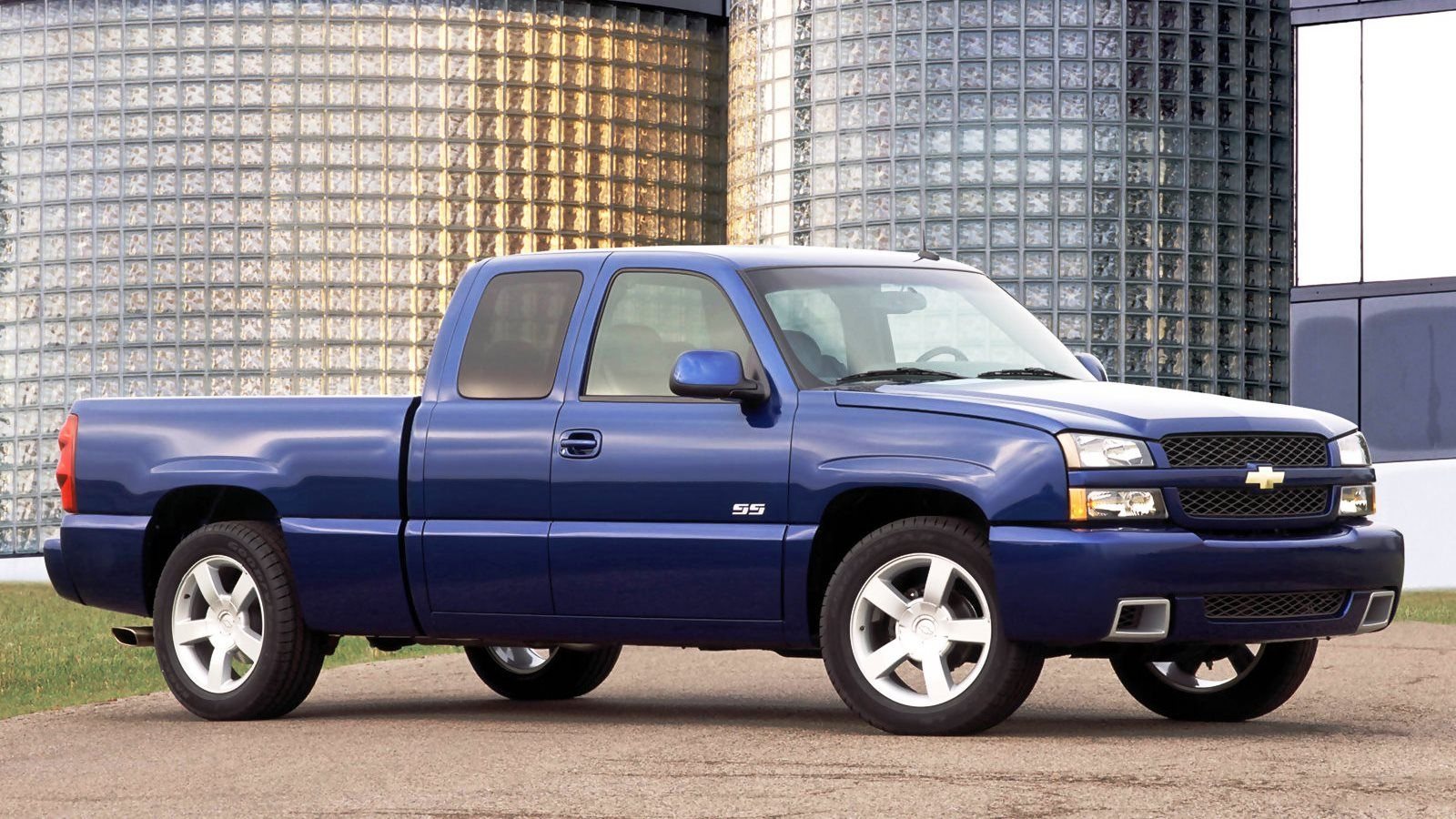
2. Chevrolet Silverado (2007–2013)
The Chevrolet Silverado is a beloved workhorse across America, but owners of the 2007–2013 models often face a rude awakening in the Midwest: rust, and lots of it. While the truck itself is powerful and practical, GM dropped the ball on rust protection during these years, leading to widespread issues with frame rot, rusted-out brake lines, and disintegrating rocker panels. These problems are especially severe in areas where salt is applied liberally during the winter.
One of the biggest weak points in this Silverado generation is the frame. GM used a coating that did not adhere well to the metal, which allowed moisture and salt to work their way under the surface and start corroding from the inside out. Numerous reports have surfaced of frames flaking, delaminating, or outright snapping in extreme cases. This isn’t just inconvenient—it’s dangerous, especially when towing or hauling.
In addition to the frame, the rocker panels and cab corners are notorious for rusting prematurely. Salt-laden water tends to collect behind the plastic trim and stay there, slowly corroding the metal out of sight. By the time most owners noticed the issue, they were dealing with significant rot that required extensive bodywork or panel replacement. Worse yet, replacing those panels often costs more than the truck’s resale value.
The brake and fuel lines are also weak spots in this generation. These components were made of steel that was prone to rust and not adequately coated. In salty environments, they often corrode to the point of leaking, which poses serious safety risks. Many owners faced costly repairs or, in some cases, total brake failure at inopportune times. GM issued some recalls related to these problems, but the underlying design remained a liability.
Although GM improved rust protection in later Silverado models, the damage to the 2007–2013 reputation was significant. In the Midwest, used Silverados from this era are approached with skepticism, and many buyers pay for full-frame inspections before finalizing a sale. These trucks may still perform well mechanically, but their battle with corrosion is constant and unforgiving in snowy states.
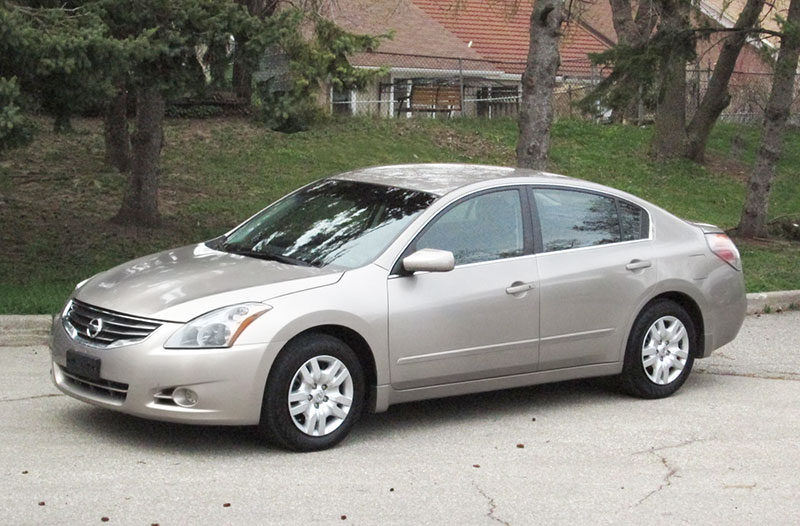
3. Nissan Altima (2002–2006)
The Nissan Altima from the early 2000s—particularly the 2002–2006 models—has gained a reputation not for its style or efficiency, but for the way it seems to dissolve when exposed to Midwest road salt. While these cars were budget-friendly and decently equipped for their time, Nissan’s approach to corrosion resistance was seriously lacking. This resulted in widespread issues that plagued the underbody, floor pans, and subframes.
One of the most alarming problems with these Altimas is floorboard rot. In many cases, rust formed so aggressively that it created holes right through the floors, leaving visible daylight beneath the car. Water and salt could enter through these holes, leading to interior mold, carpet deterioration, and potential electrical issues. Some drivers even reported their heels getting wet from melted snow seeping up from the underbody.
The rear subframe is another frequent failure point. These critical support structures are vulnerable to salt and moisture, and on these Altimas, they lacked sufficient protective coatings. As a result, the subframes can corrode to the point of cracking or collapsing. This directly affects suspension geometry and alignment, posing a serious hazard for drivers, especially on icy or uneven roads.
Externally, rust spots often appear early around the wheel wells, trunk lid, and lower doors. These are areas where snow and ice accumulate frequently, and without proper drainage or shielding, the Altima simply couldn’t stand up to the onslaught. The paint quality and undercoating were not robust enough to form a long-term barrier, even when the car was garage-kept and washed frequently during the winter.
To their credit, Nissan eventually addressed many of these concerns in newer models, and today’s Altima has far better corrosion protection. However, for those driving—or considering buying—an older model in salt-prone states, the situation can be dire. Unless thoroughly restored or modified with rustproofing solutions, a 2002–2006 Altima in the Midwest is likely battling rust every time it leaves the driveway.
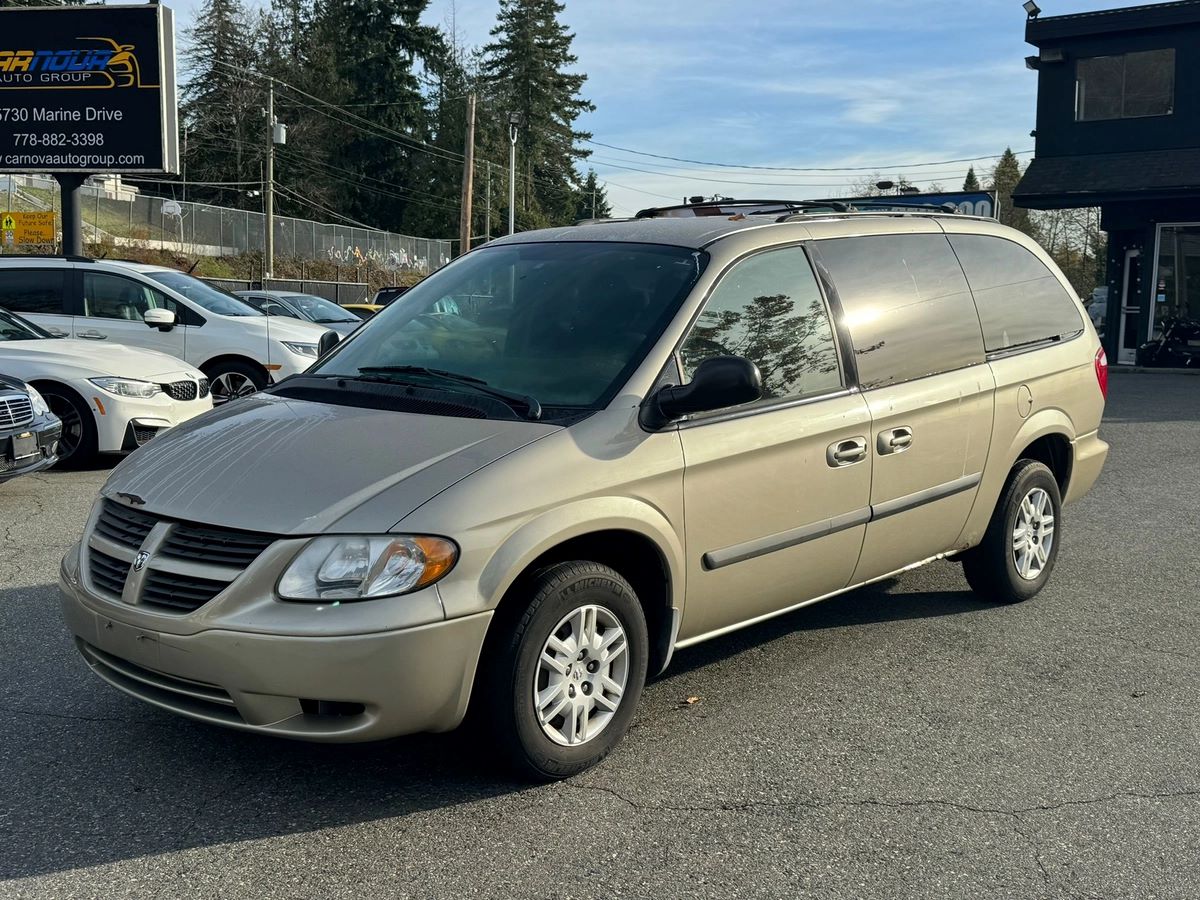
4. Dodge Caravan (2001–2007)
The Dodge Caravan, especially models from 2001 to 2007, has long been a budget-friendly family hauler. However, in terms of rust resistance, it leaves much to be desired. In snowy, salt-covered regions of the Midwest, these vans can start rusting in multiple locations well before they hit 100,000 miles. Structural integrity, sliding door mechanisms, and underbody components all tend to fail prematurely in salt-heavy environments.
A recurring problem for this generation of Caravan is the floor pan and sliding door track. Because the design allows saltwater to accumulate around the door runners and lower frame rails, rust begins eating away at these structural areas from early on. Once compromised, the sliding doors become difficult to open or close, or even detach from the track altogether. In family use, this isn’t just inconvenient—it’s dangerous.
The undercarriage is another sore spot. The fuel tank straps and brake lines are particularly prone to corrosion due to their exposed placement and lack of protective shielding. When subjected to years of salt exposure, the brake lines can fail, often without warning. Dodge did not use high-quality steel for these lines, and many owners report complete brake loss as a result—sometimes leading to accidents.
Additionally, the rear wheel wells and rocker panels are known rust magnets. Poor drainage, combined with thin protective coatings, allows salty slush to get trapped inside crevices where it sits and corrodes for months at a time. Even minor body damage or chipped paint in these areas often leads to full-blown rot, sometimes visible from the exterior in as little as three to four winters.
Owners of these Caravans who live in salt belt states often take extreme measures to keep the vehicle going: frequent undercarriage washes, aftermarket oil-based undercoatings, and in some cases, complete panel replacements. Despite their practicality and low purchase cost, Dodge Caravans from this era remain one of the more high-risk vehicles in terms of rust, often serving as a reminder that affordable doesn’t always mean economical in the long run.

5. Hyundai Sonata (2006–2010)
The Hyundai Sonata has made great strides in design and reliability over the years, but its 2006–2010 models have an unfortunate legacy when it comes to rust. These midsize sedans, while praised for their comfort and fuel economy, suffer from widespread corrosion issues, particularly in the rear subframe and underbody. For Midwest drivers, these issues make the Sonata a risky bet if not meticulously maintained.
Perhaps the most severe and widely reported issue with this Sonata generation is the rear subframe rust. This component, which supports suspension arms and helps keep the rear wheels aligned, can become dangerously weakened by corrosion. Many owners discovered the problem only after hearing strange noises or noticing unpredictable handling—by which point the damage was already extensive. Hyundai issued recalls in some cases, but the problem persisted, especially in salt-rich states.
The Sonata’s paint and sealants during this era also left much to be desired. Stone chips or minor scratches often led to immediate rust development because the protective layers were too thin. Unlike some competitors who applied heavy-duty clear coats or galvanization, Hyundai’s coatings in this timeframe were minimal, allowing water and salt to quickly reach bare metal.
Rust was not limited to hidden areas, either. Owners frequently reported bubbling paint and outright holes forming around the wheel arches, door bottoms, and even the trunk lid. These issues could appear in as little as five years, well before the car reached the expected lifespan of a modern sedan. For buyers in snowy cities like Milwaukee or Cleveland, such rapid corrosion came as an unwelcome surprise.
Even when repaired, the corrosion often returned due to lingering salt residues and insufficient aftermarket sealing. This made the 2006–2010 Sonata a tough sell in the used car market. Despite its affordable price and generally strong mechanical components, its long-term survival in winter environments is questionable at best.
For many Midwest drivers, the Sonata’s rust history serves as a sobering lesson: solid mechanical reliability doesn’t mean much if the car’s frame and panels are crumbling away beneath you.
Also Read: 5 Cars With No Blind Spots and 5 That Are Dangerously Designed
Rust is often called the “silent killer” of vehicles, and in the Midwest, where road salt is applied by the ton, that killer is lurking beneath every car after the first winter storm. As we’ve seen, the difference between a car that shrugs off corrosion and one that succumbs to it quickly can be staggering.
It isn’t just about brand loyalty or aesthetics. It’s about engineering, materials, and long-term investment. In a region where your vehicle is your lifeline to work, school, and essential services—even during brutal winter conditions—rust resistance is not a luxury feature. It’s a critical survival trait.
The five vehicles that excel in salty environments—the Toyota 4Runner, Subaru Outback, Honda CR-V, Ford F-150, and Volvo XC90—share common strengths. They offer galvanized or corrosion-treated steel, sealed underbodies, smart drainage systems, and thoughtful design elements that mitigate salt damage. Whether it’s the aluminum body of the F-150, the Scandinavian engineering of the XC90, or the symmetrical AWD and smart paneling of the Outback, these vehicles don’t just resist rust—they are built with winter in mind.
Conversely, the five cars that fail the Midwest salt test—the Mazda3 (2010–2014), Chevrolet Silverado (2007–2013), Nissan Altima (2002–2006), Dodge Caravan (2001–2007), and Hyundai Sonata (2006–2010)—represent cautionary tales.
Despite being practical, affordable, or popular in other respects, their lack of robust rust protection makes them poor choices for long-term ownership in snowy, salted environments. Some suffer from weak undercoatings; others from structural design flaws or subpar materials that practically invite salt to eat away their value year after year.
Ultimately, prevention can go a long way—regular washing, especially undercarriage sprays, rustproofing treatments, and garage storage all help. But the base vehicle matters most. Starting with a car that’s already built to resist corrosion gives you a massive head start. Once rust begins, it rarely stops, and repairs are often labor-intensive and costly. That’s why choosing wisely at the outset—especially if you live in the rust belt—can spare you years of frustration and expense.
Looking ahead, more manufacturers are adopting advanced materials and anti-rust technologies, recognizing how much the climate impacts the lifespan of a vehicle. Some brands are even tailoring regional offerings, adding rust protection packages for colder markets. As a consumer, staying informed is your best defense.
If you’re shopping for a new or used car in the Midwest, think beyond the color, features, or fuel economy. Ask yourself: “How will this car hold up after five winters?”
In the end, rust may be inevitable, but it doesn’t have to be catastrophic. With the right vehicle and smart maintenance, your car can thrive in the salt-soaked heart of America. Drive smart, protect your investment, and never underestimate the power of a good rustproof undercoating.

